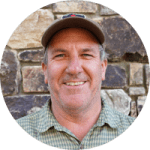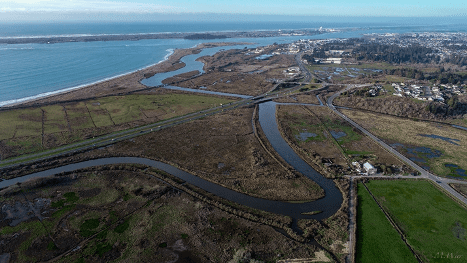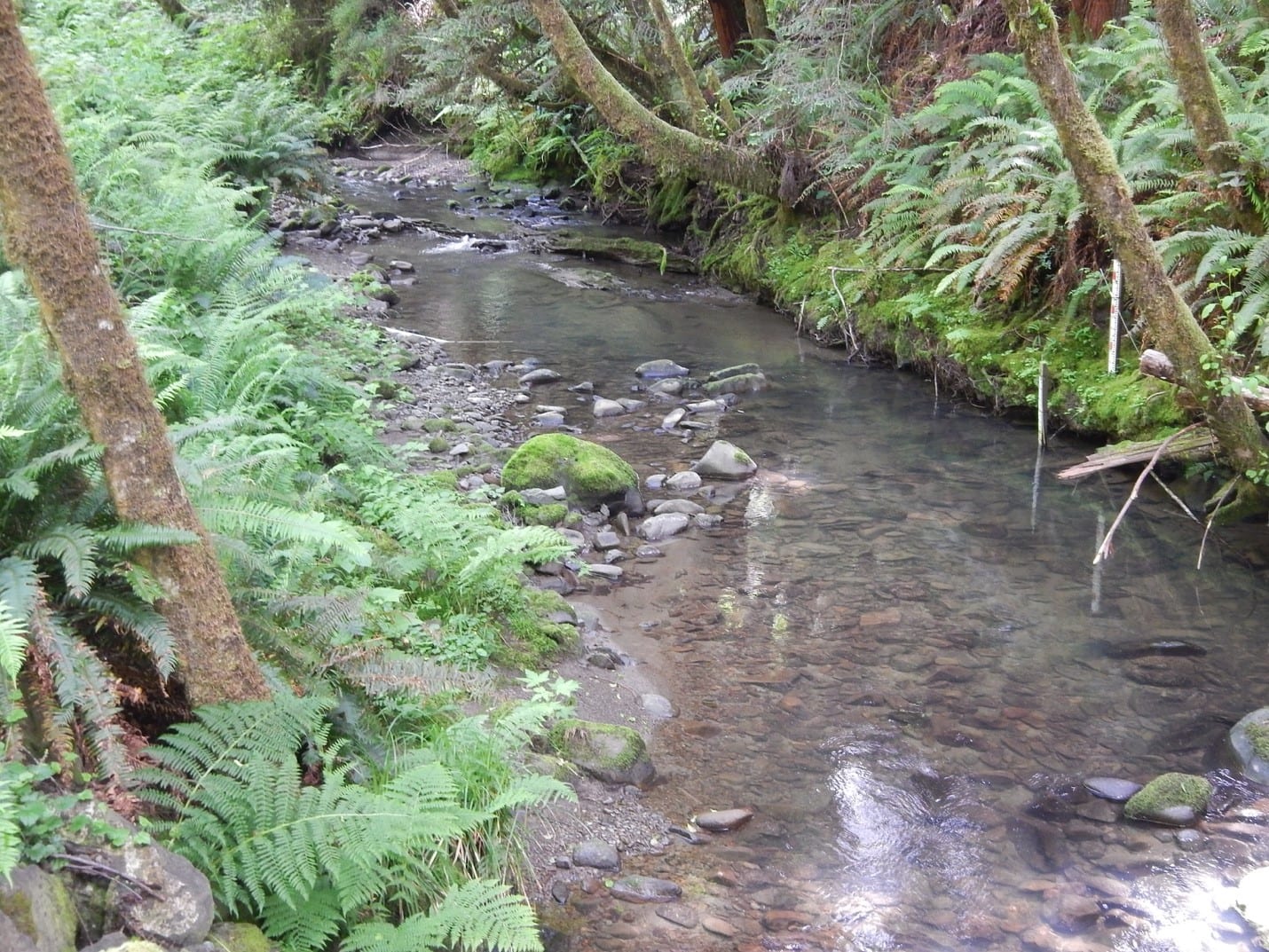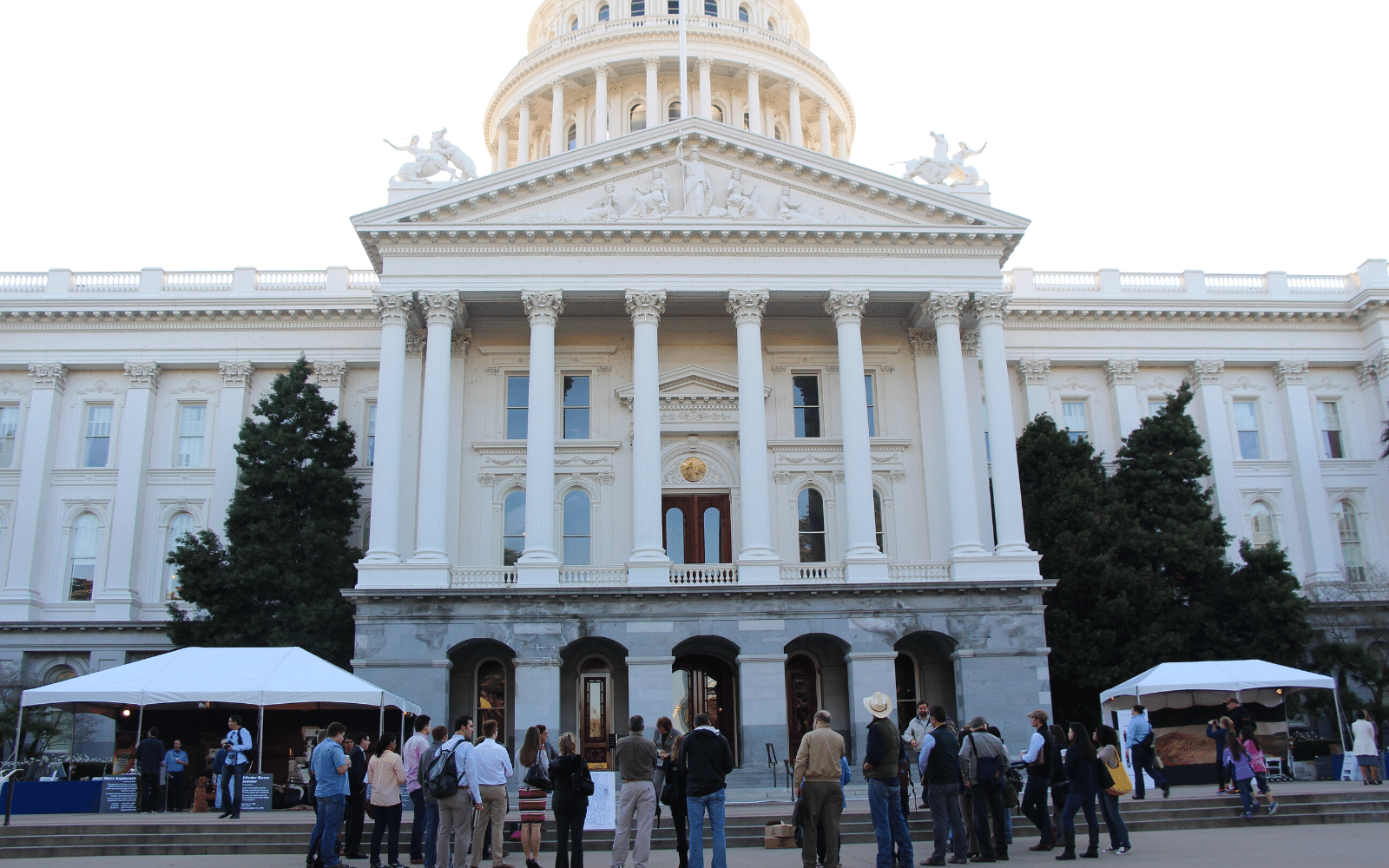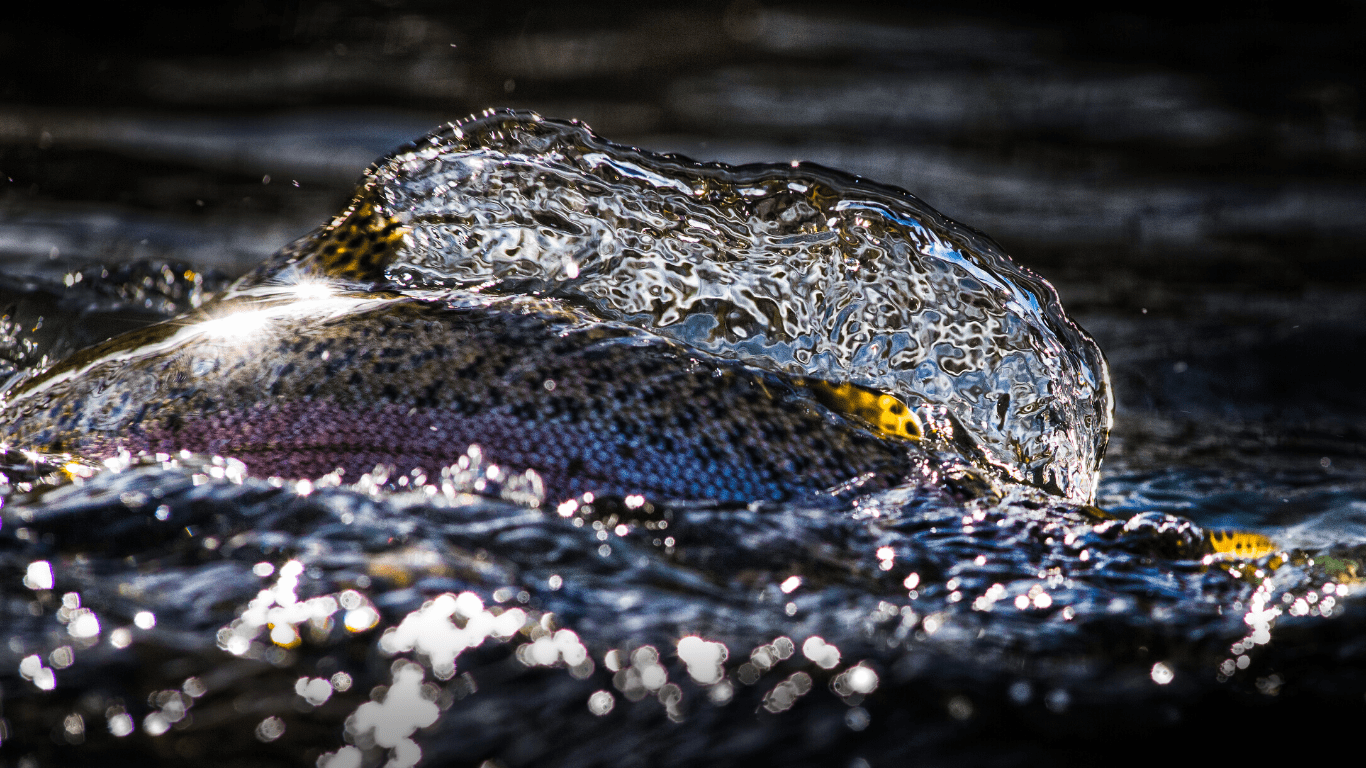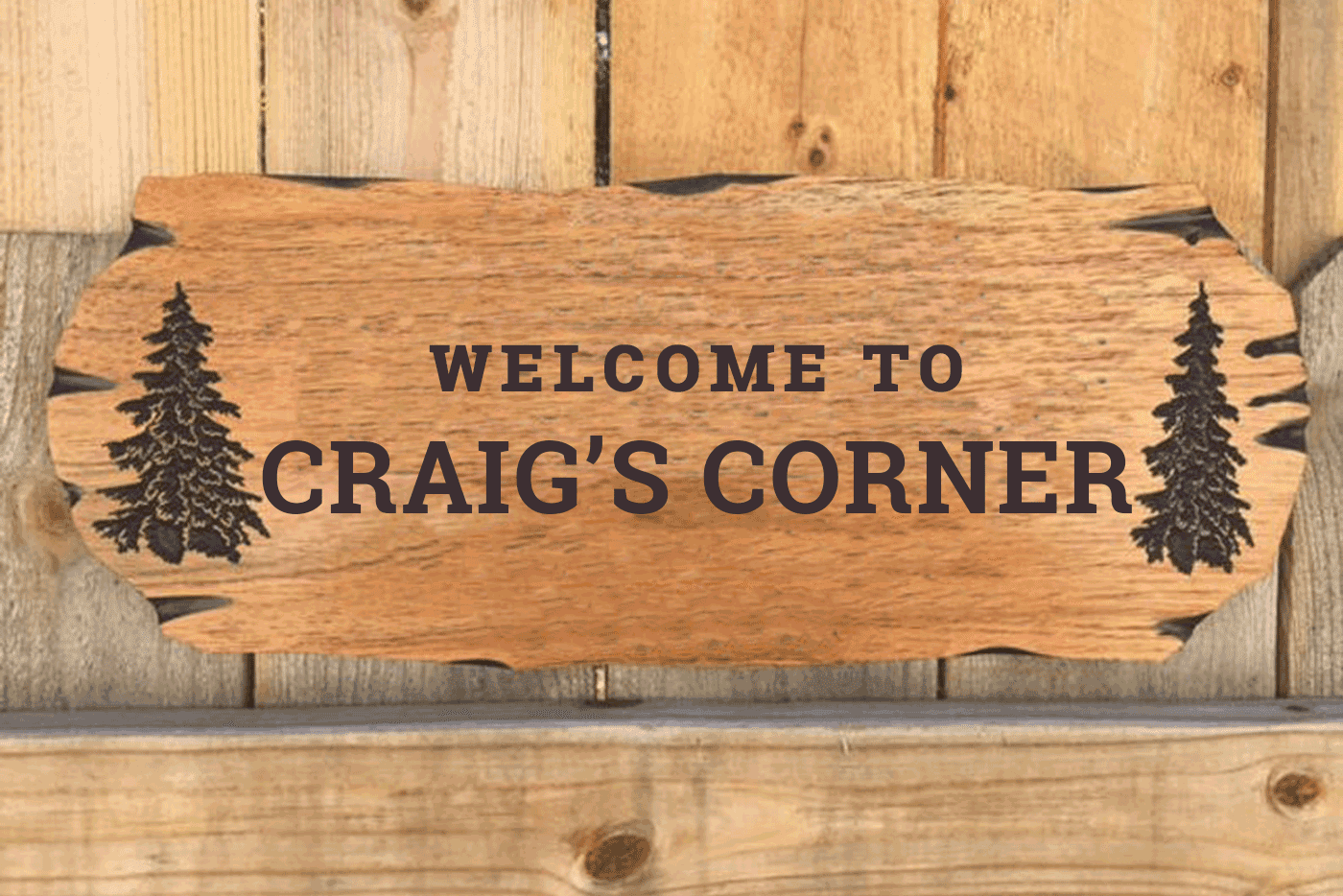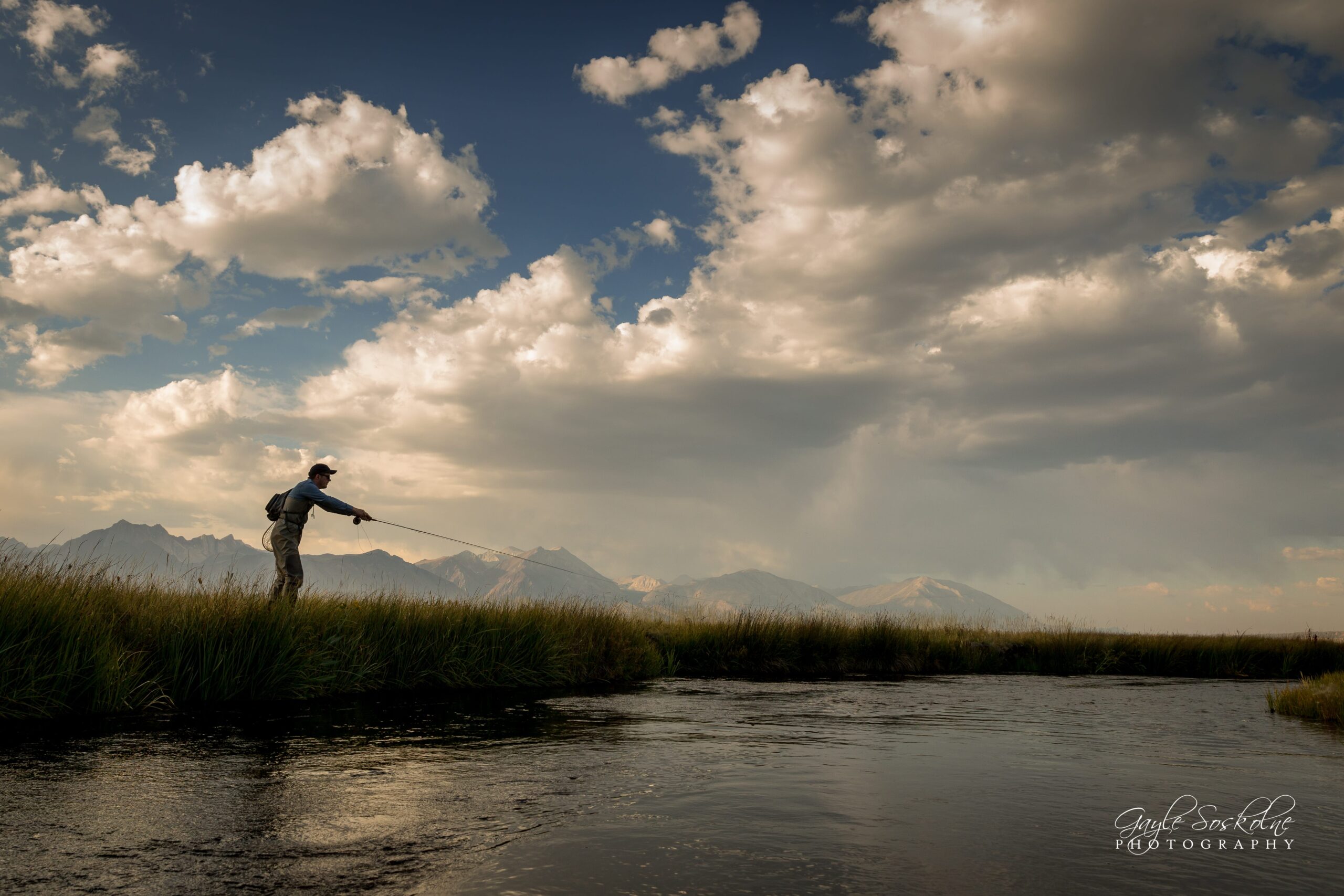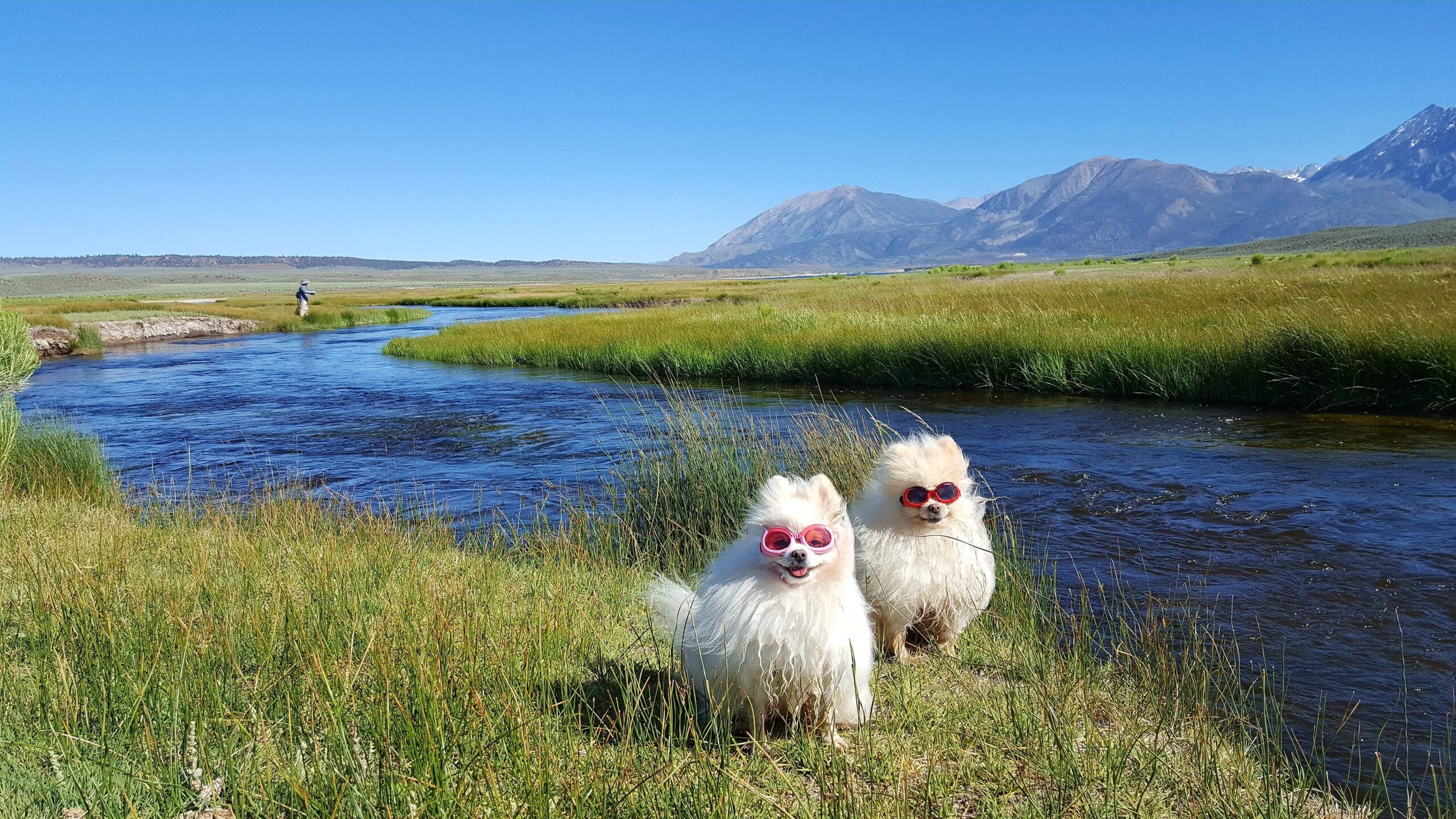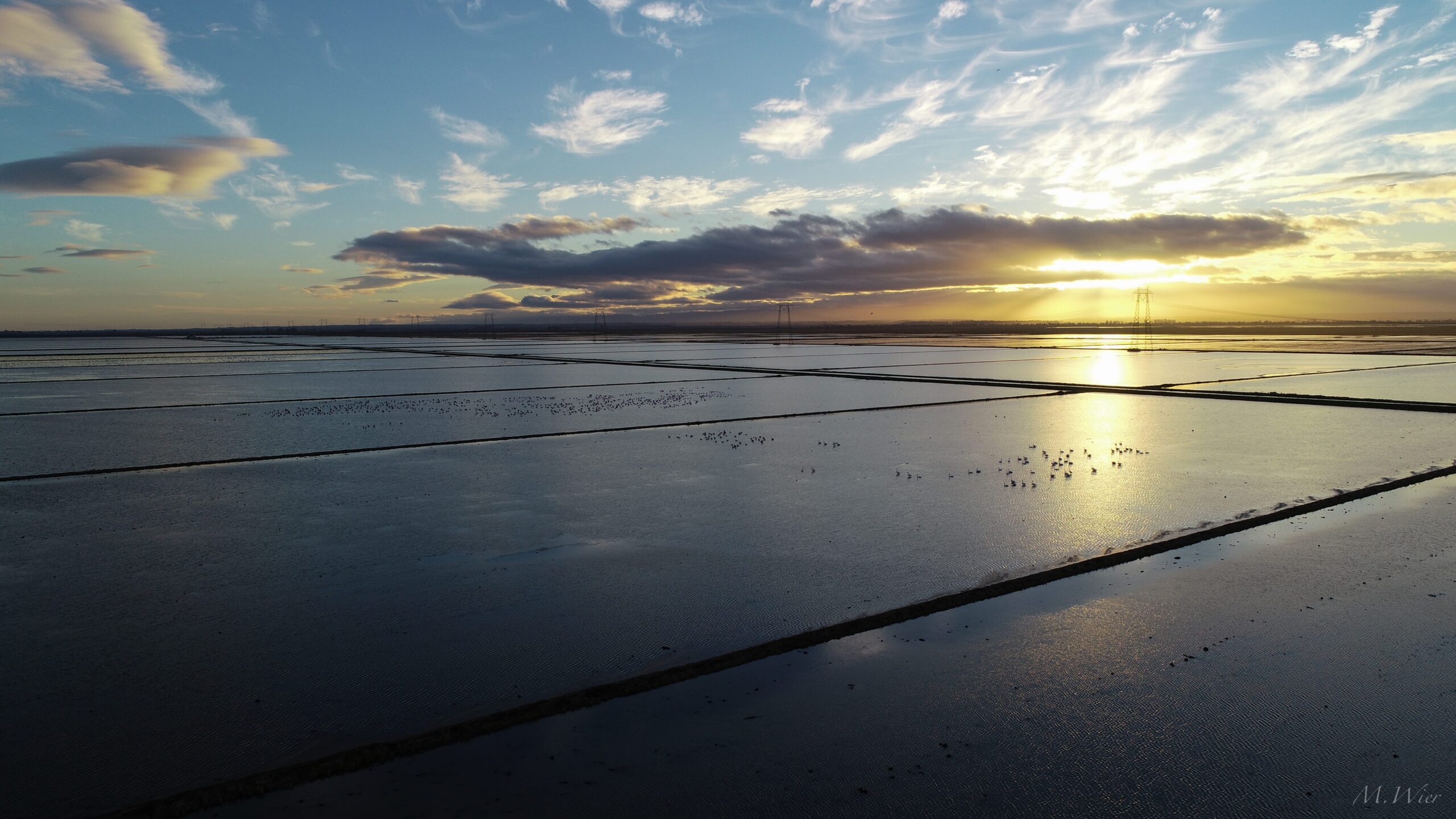By Darren Mierau
CalTrout North Coast Regional Director
Elk River Watershed Stewardship Program: Creating a community-supported recovery plan
In December of 1849, eight forlorn gold hunters of the Josiah Gregg party arrived from the Trinity River goldfields at what is now Humboldt Bay, and after several days spent exploring the region, the men “pitched our camp near the bluff, on the top of which is now Fort Humboldt”, and hunted Elk for a Christmas Day feast. Thus, the Elk River, Humboldt Bay’s largest freshwater tributary joining the Bay at the south end of Eureka, got its name.
The Wiyot Tribe, present in the region for millenia before the explorers arrived, called the river Iksori - their name for the village at its mouth. As a side-note, those same explorers also named the Mad River, the Van Duzen River, and the Eel River where they bartered with Native Americans for pacific lamprey.
Cover Photo: The view looking southeast up the Elk River Valley, with Humboldt Bay in the distance. A thin strip of riparian trees line the Elk River mainstem, showing an isolated and confined river channel by Mike Wier

Elk River History
In addition to recounting the Josiah Gregg Party’s exploits, W.W. Elliott’s 1881 History of Humboldt County described the Elk River’s “crystal waters rippling over gravelly beds from one pool to another. Its cool, clear waters are the home of the speckled and mountain trout, and of the ocean salmon and other fish in summer and spring. …”. Two entries in the local Humboldt Times give a flavor of historical Elk River fishing:
“Trout--Speckled trout are plenty in our fresh water streams just now. Several hundred were caught out of Elk river on Monday last” (28 April 1860).
“Large Trout--Mr. Raymond caught a trout in Elk river near Mr. Edgar's field, measuring twenty-one inches in length and weighing about four pounds” (7 June 1862).
Photo: Mike Wier
Historical Habitat
It is now well-established that Elk River historically provided excellent habitat for our now-threatened salmonid species: Chinook and coho salmon, and winter-run steelhead. Abundant spawning habitat throughout headwater tributaries, ten miles of cold and productive mainstem river, and an extensive network of tidal marshes, sloughs, and estuary historically combined to offer numerous pathways for juvenile salmonids to grow, survive, and prosper. The native Coastal Cutthroat trout and Pacific lamprey were also abundant in this watershed.
The Elk River now meanders across a verdant valley of productive ranching and dairy lands, sourced from a watershed rich in redwood timber, and home to a very proud and engaged residential community. And despite the well-documented legacy of ecological impairment from this long history as a “working landscape”, this river offers an abundance of restoration opportunity.

The Elk River Community
In recognition of the immense opportunity for recovery in Elk River, CalTrout, the North Coast Regional Water Board, and several project partners joined together to form the Elk River Watershed Stewardship Program. The purpose of this program is to and engage with the Elk River community to develop a landowner supported Recovery Plan to reduce nuisance flooding, address the severe sediment impairment, and rehabilitate habitat for native salmonids. As part of CalTrout’s initiative to Integrate Wild Fish and Working Landscapes, this approach seeks to balance protection of working lands with rehabilitation of the watershed’s rich natural resources.
The Elk River stakeholder community includes, first and foremost, the landowners along the Elk River who are most affected by the water quality impairment, nuisance flooding, and tightened regulations, and who are essential to moving forward with actions to rehabilitate this watershed. The Elk River community also includes a very special Federal (BLM) holding, the Headwaters Forest Reserve – as well as regulatory agencies with public trust responsibilities in the watershed, conservation stakeholders with interest in promoting recovery of the Elk River, and other citizens with interest in the watershed.
Photo: Mike Wier
The Elk River Recovery Strategy
CalTrout and our partners have been conducting technical studies since 2014 to document the issues facing the Elk River and are working with timber and agricultural interests, local residents, and agencies to design and implement viable solutions. In 2018 the project team completed the Elk River Recovery Assessment, a detailed feasibility study intended to examine alternative recovery scenarios that the community could consider for Elk River’s future.
Throughout 2019, landowners and the broader stakeholder community have been engaging one-on-one with CalTrout and our project team to develop Actions to reduce flooding and promote channel and habitat recovery. The Actions we’ve identified have preliminary landowner support and comprise the first phase of the Elk River Recovery Strategy. These Actions integrate landowner input with the recommendations of the Elk River Recovery Assessment and have been developed with preliminary support from regulatory agencies. These actions are described for three main segments of the Elk River, from the Bay to Headwaters:

Lower Mainstem — Tidal estuary
The lower Elk River is a tidal slough confined by levees where water flow and sediment are controlled by tidal action. A network of relict channels throughout the valley-bottom indicate a once extensive tidal estuary prior to agricultural conversion. This “stream-estuary ecotone” extends approximately 5 miles up from Humboldt Bay. The slough channels of the Elk River represent enormous habitat restoration potential will be important for the recovery of salmonid populations.
Actions proposed in this reach include:
- modifying levees to enhance tidal activity on the CDFW Elk River Wildlife Area
- restoring Swain Slough to better drain floodwaters and enhance winter habitat
- reconnect floodplains to reduce fish stranding risk
- modifying tidegates and culverts to allow fish passage
- adding diversity to riparian and wetland vegetation
Photo: Mike Wier

Valley Mainstem
The mainstem Elk River extends 5 miles further up the valley, to the confluence of the North and South Forks. This mainstem river has broad floodplains that are valuable agricultural lands for ranching and dairy operations. Many homes with streamside property are within the 100-year floodplain.
Geologic features, a redwood “plantation”, bridge abutments, and natural and constructed levees in this reach constrict flood flows, creating a backwatering effect that worsens flooding the farther upstream you go. There are also six bridges and several tributaries along the mainstem.
Photo: Mike Wier

North and South Forks
The North and South Forks extend from the confluence at the approximate location of the intersection of Elk River Road and Wrigley Road at the Concrete Bridge, into the upper watershed owned by Humboldt Redwood Company, Green Diamond Resource Company, the Bureau of Land Management (Headwaters Forest Reserve), and Save the Redwoods League. The upper watershed is steeper and transitions into low-gradient residential areas where the flood elevations have increased by many feet over the past 20-30 years.
Actions proposed in the Mainstem, and North and South Forks include:
- rehabilitating the river channel to improve salmon and steelhead habitat
- expanding riparian habitat and adding tree diversity
- modifying infrastructure to reduce the risk of nuisance flooding
- creating sediment trapping features to reduce turbidity conditions
Photo: Abandoned tributaries and slough channels in the lower reaches of Elk River offer enormous habitat restoration potential. by Mike Wier.
Next Steps
While the Stewardship team is very encouraged by the progress we’ve achieved in the past two years, we are still early in the process that leads to implementation of Recovery Actions. There is still a lot of work ahead. Recovery will be slow, but CalTrout is committed to finding the right balance to benefit the Elk River community and our native salmon and steelhead populations.
Questions or comments can be sent to ElkStewardship@caltrout.org or phoning the CalTrout North Coast office at (707) 825-0420.
More Information

It takes a community to restore a river. Join our community to protect rivers for future generations. Become a member.




